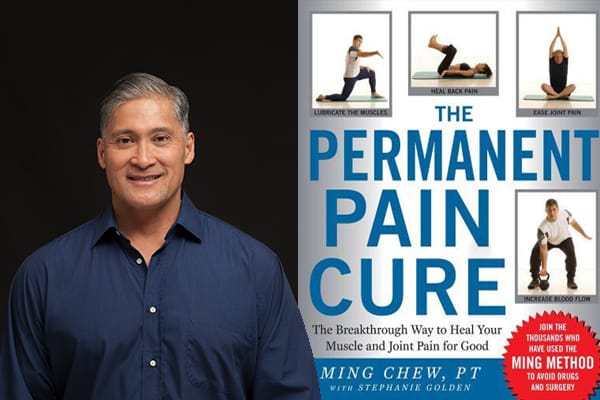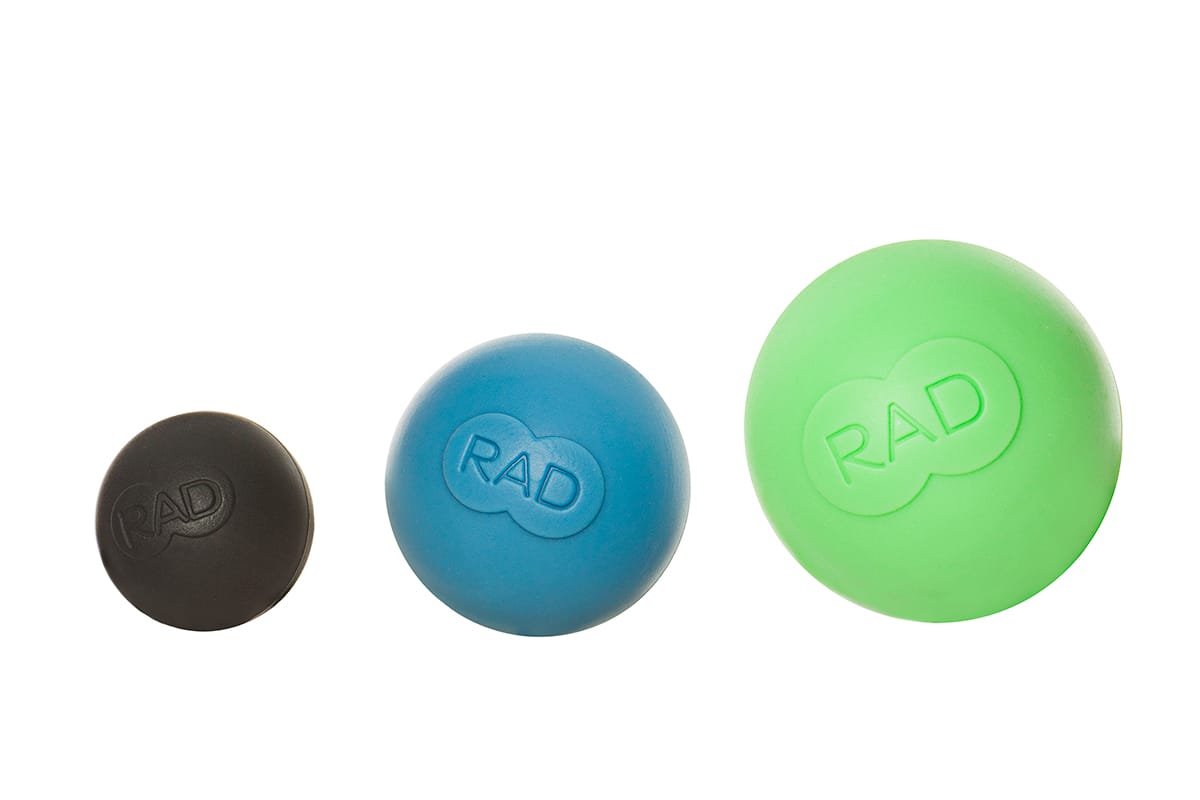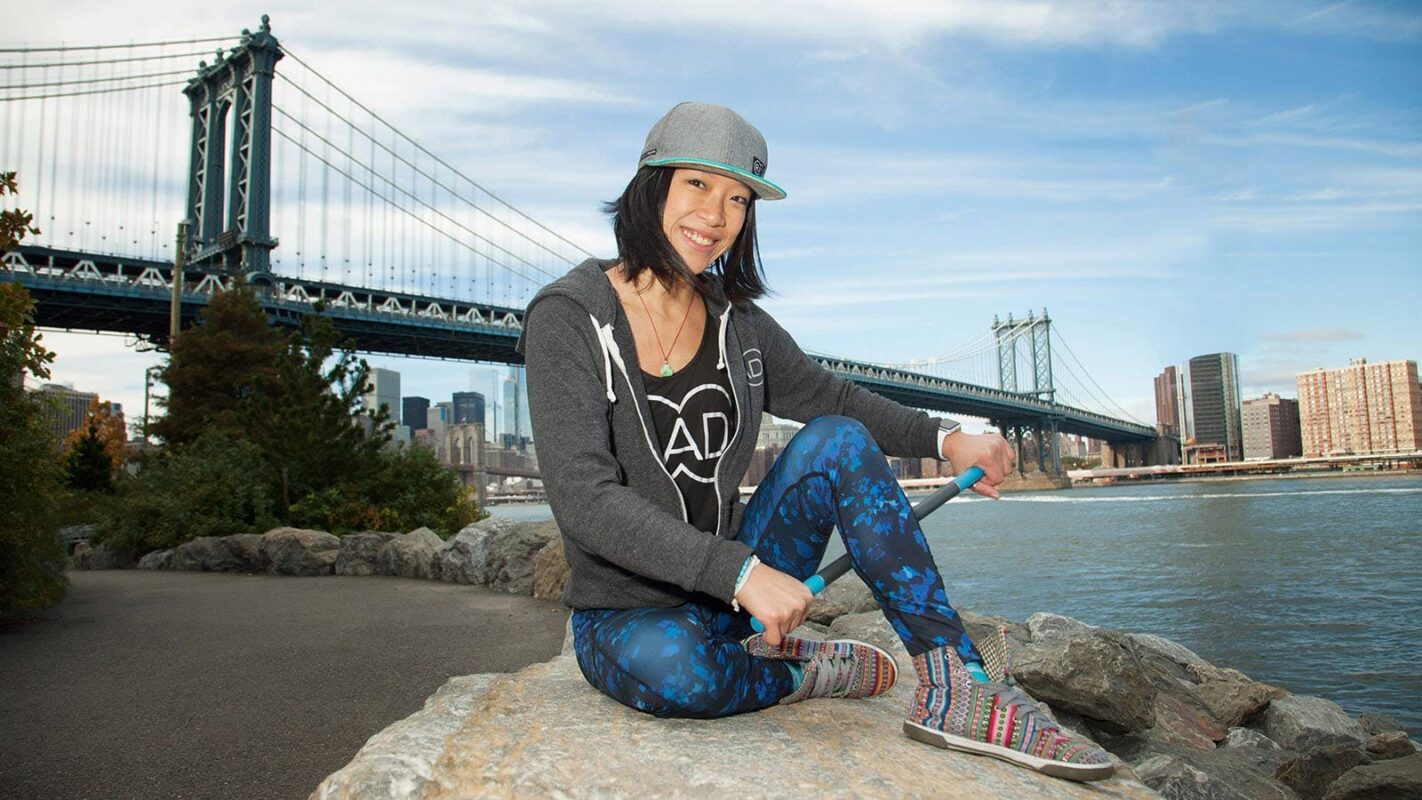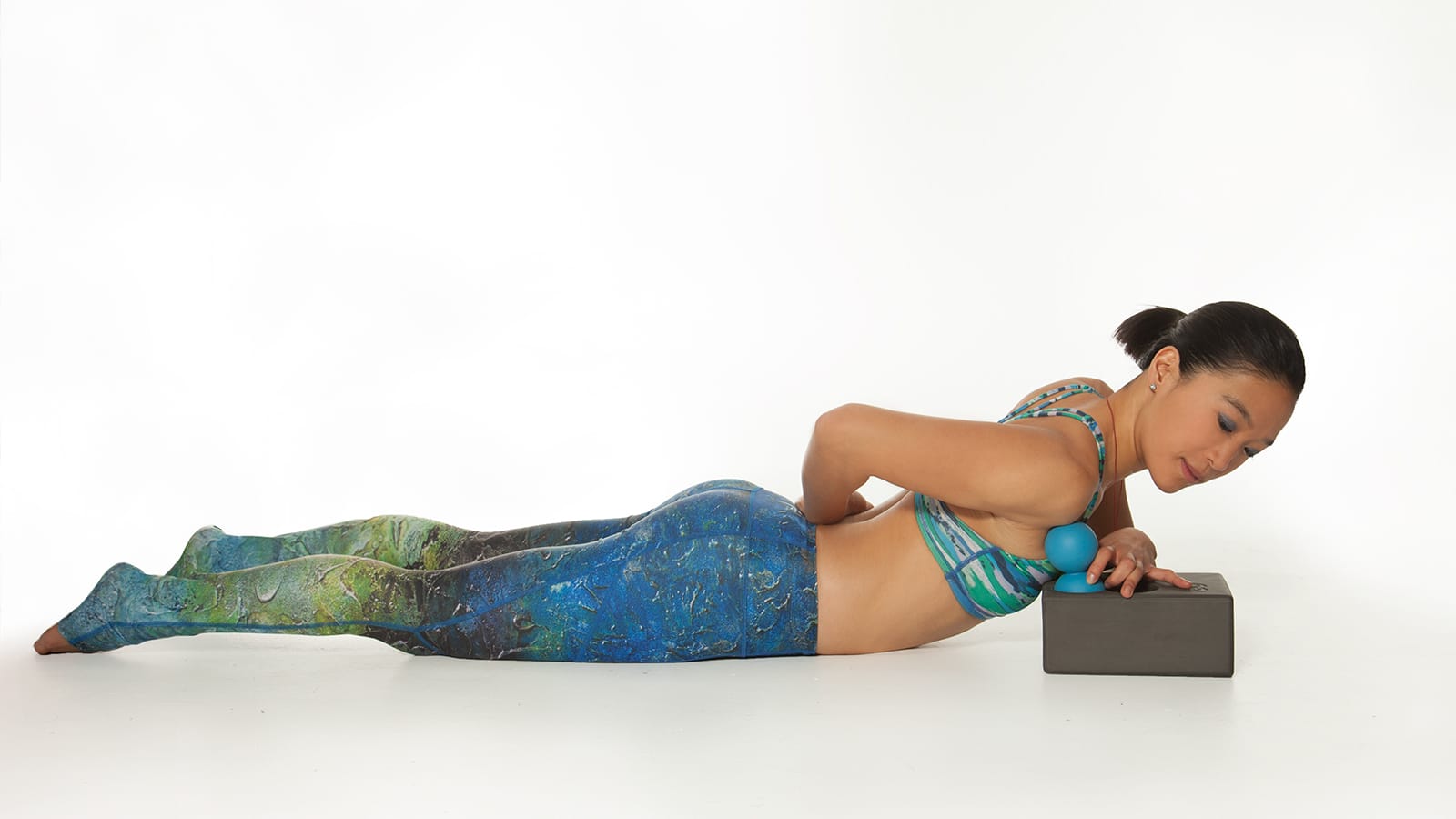I do not think that there is one person on this earth who has never experienced a kink in their neck, lower back pain, or stiffness in their knees or shoulders. It could be caused by stress, muscle soreness from working out, or chronic pain that you have had for over 10 years.
Most of the time, we just ignore the pain. We take some painkillers, numb it with alcohol, and often pray that it just goes away on its own after a good night's sleep. Some people are proactive and get deep tissue massages or seek a soft tissue specialist.
My first experience getting a treatment from a soft tissue specialist and physical therapist was with Ming Chew. The pain management treatment had me writhing in agony. I had a deep desire to “tap out” and ask him to stop torturing me. The treatment was causing me to see white spots before my eyes, it hurt so much. But I bit my tongue and endured the pain of his elbow jammed deep inside my hip. To my surprise, the suffering came to an end, and amazingly, my hip, which had been waking me up every night for the past four months, magically felt better. It was more than better. My bad hip actually felt better than my good hip. Just like that, 15 to 20 min of me white knuckling and wincing in pain actually cured my pain.
How and why did that happen? In order to understand more, you have to first know about soft tissue, also called myofascial or fascia tissue. The fascia is the all-encompassing interwoven system of fibrous connective tissue that attaches, stabilizes, and encloses our muscles, bones, tendons, and organs. It is found throughout your body from head to toe and is like a 3D web under our skin.
Sometimes, the pain and discomfort we feel in our body is caused from a tightness and tension in our fascia tissue. By working on trigger points in our fascia, we actually reduce tension and pain, and in some cases, when an expert soft tissue specialist such as Ming Chew works on you manually, it can cure your pain permanently.
Ming said, "The very nature of myofascial and soft tissue therapy is to break up adhesions, free entrapped nerves and soften scar tissue. At best, treatments will 'hurt so good', at worst, it can be quite uncomfortable. But in the end, it sure beats taking pain medications and having surgery.
Ironically, surgery will give you even more adhesions and scars, the very things you are trying to mitigate or eliminate. Medications only hide symptoms without fixing the underlying issue, so the endgame with medications are fraught with potential side effects. My advice is to employ a competent soft tissue therapist, or at the very least, buy yourself myofascial release products."
Ming has a private practice in New York City, and you can contact him via his website if you are interested in getting more information on private treatments.
If you do not have the time and funds to have a private session with a soft tissue specialist, there are other resources and tools that you can use at home to help with pain management. You can buy Ming's book, Permanent Pain Cure, and use the stretches and nutritional advice to heal yourself and keep your fascia healthy and pliable. Another of my other favorite self-help tools are Rad Rounds from a company based out of Boulder, Colorado. They are three different sized balls that you use on trigger points to release your fascia tissue. You can use them anywhere, on your temples, on your forearms, hands, or knees.
As a runner, I like to use them on my feet. In fact, after doing my first 20 mile run ever, I thought I would be in excruciating pain and my muscles would be aching. But immediately after running, I used the Rad Rounds for 30 seconds on different parts of my feet. The whole process took about five minutes. It was painful, especially when I used the small black Rad Round. The compact size and hard density was perfect for getting in the small parts between the bones, muscles, and tendons on the bottoms of my feet. Even though I was squirming in pain while using them, afterwards my feet and legs felt lighter and looser, and the next day, I did not have any muscle soreness or pain. The Rad Rounds are very affordable, and I always take them and the Rad Roller, which is great for the neck and spine, along when I travel.
Lead brand ambassador from the company, Julie Wu, visited and spoke to me in New York and shared some great ways you can use their other tools for self-myofascial release, or SMR.
The Rad Rod is great for runners to flush out their calves, and desk workers will love it to alleviate stiff necks and pain from working on a computer all day. The Rad Rod can be paired with the Rad Atom. Together, the two tools are great at getting to those hard-to-reach areas like between your shoulder blades, glutes, and hips. You stick the Rad Rod into the hole in the Rad Atom and then sandwich it between your body and the wall or ground. Then, you can wrench and target and release areas of your body that are hard to get to.
The Rad products are meant to be used in tandem with each other. For example, you can use the Rad Roller with the Rad Block to target areas on your chest.
If you have an aversion to pain, try a Rad Centre. It is an inflated ball that helps you to gently scan and detect the tender and tight spots in your body. You can work on them in a softer, more painless way. You can also use the Rad Centre for a visceral release. That is, laying on top of it with the Rad Centre on your belly and breaking up tension in and around your organs through the abdominal wall. This is great for stress and when you have that knot in your gut.
If you want to get your own Rad Products, they are super affordable and even offer those in North America free shipping by using the code beckyyee when checking out. For more information, go to their website or follow them on Instagram.




